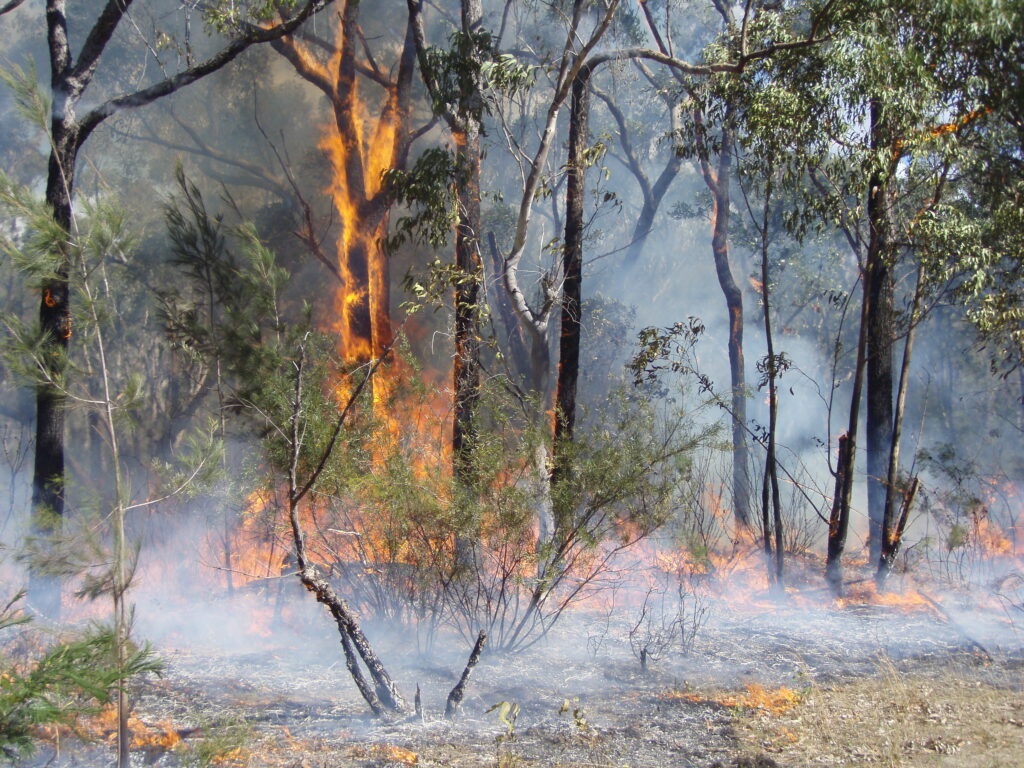
Online, self-paced program consisting of 8 learning modules and three case studies. You may complete the full program or choose individual modules to refresh your emergency management knowledge on specific topics.
No essential or recommended training is required for this course.
NSW Emergency Management Program
This program is recommended training required for all classroom-based training
The aim of the program is to ensure you have sufficient knowledge of emergency management principles and practices to be able to operate in the emergency management environment in NSW.
The program is split into two courses:
Emergency management planning in NSW
Module 1: NSW Emergency Management Program – Induction
Module 2: What is the legal framework for emergency management?
Module 3: What is an EMPLAN?
Module 4: Who is responsible for emergency management planning?
Working together in the event of an emergency in NSW
Module 5: Who controls the response to an emergency in NSW?
Module 6: Which bodies are responsible for preparing to responding to or recovering from an emergency in NSW?
Module 7: What happens in an Emergency Operations Centre?
Module 8: What happens after an emergency?
This training is for anyone in emergency management or with an interest in emergency management.
This is a non-accredited course.
This course is 100% online.
The organisation you nominate during enrolment may request information from Resilience NSW about staff or volunteers who undertake this course. Your organisation collects this information to determine the names or number of staff/volunteers who complete this training.
Resilience NSW will only release your name and details as they relate to the delivery of this course. All other personal details will not be released by Resilience NSW, and will remain confidential. Enrolment in this course is acknowledgement that this information can be released to the organisation you have nominated at registration.
This page is managed by

We pay respect to the Traditional Custodians and First Peoples of NSW, and acknowledge their continued connection to their country and culture.
Copyright © 2023